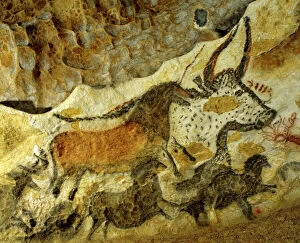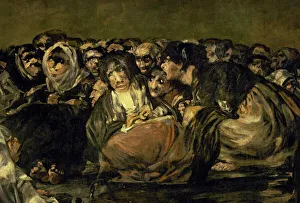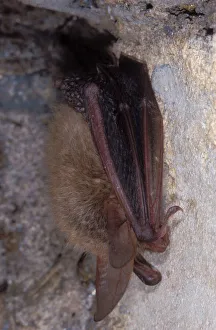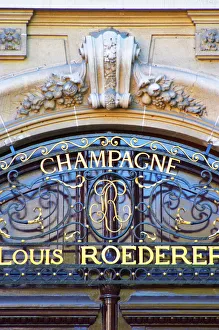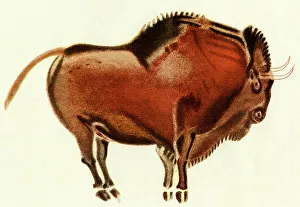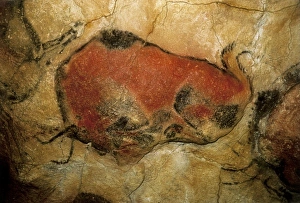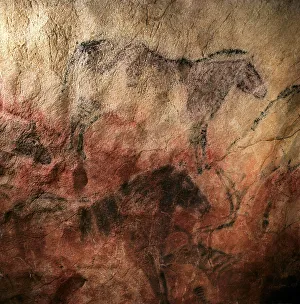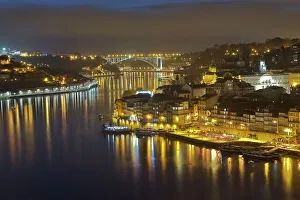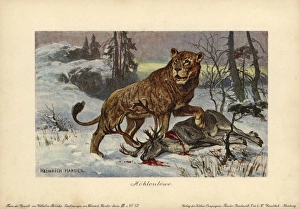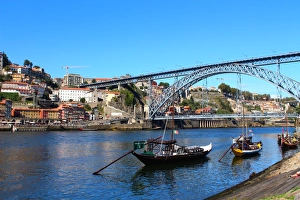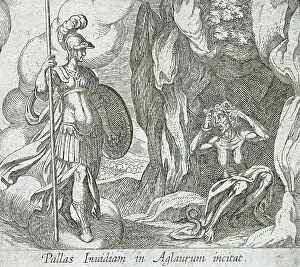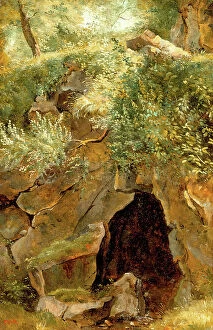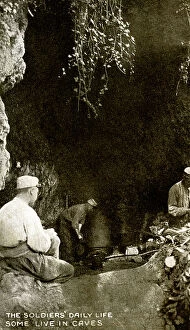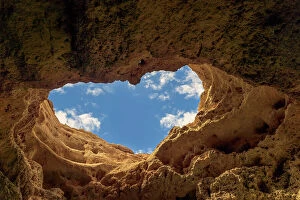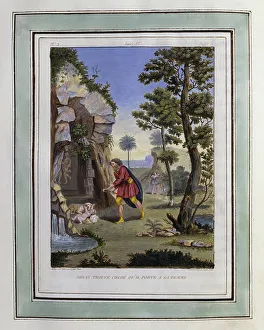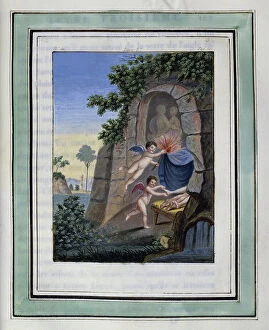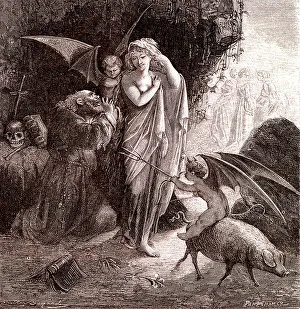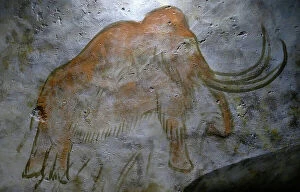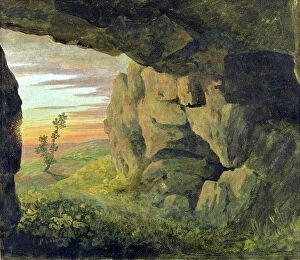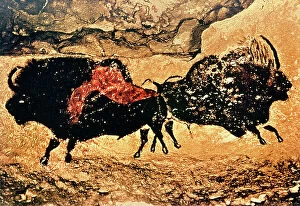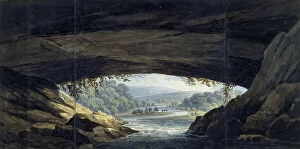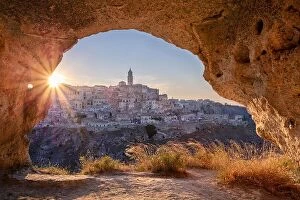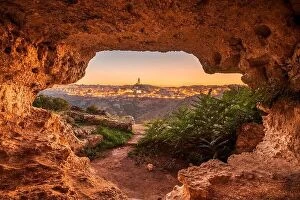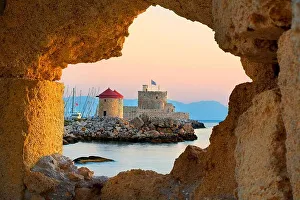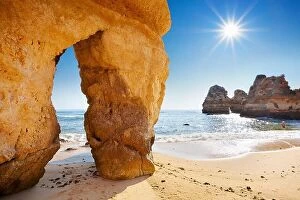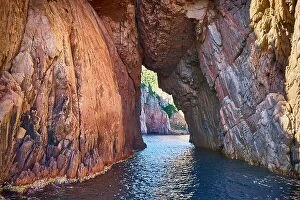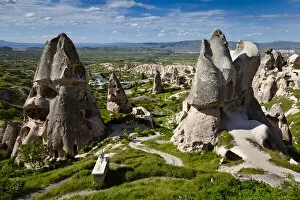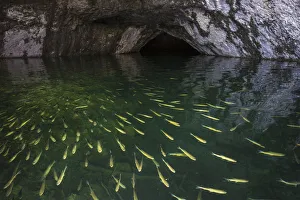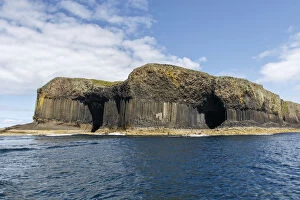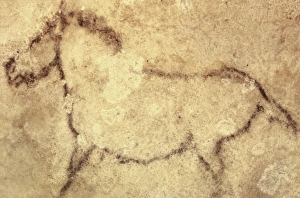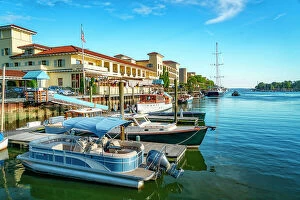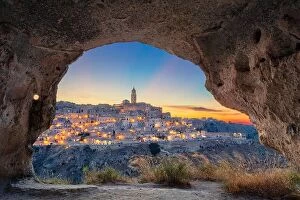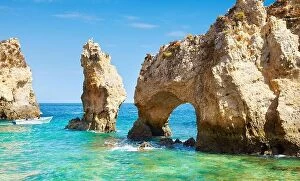European Cave Collection
European Cave is a unique and fascinating natural habitat located in the Pyrenees Mountains of France, and is home to a variety of spiders, insects
Choose a picture from our European Cave Collection for your Wall Art and Photo Gifts
2,122 items
All Professionally Made to Order for Quick Shipping
-
European Cave Collection
European Cave is a unique and fascinating natural habitat located in the Pyrenees Mountains of France, and is home to a variety of spiders, insects, and animals that have adapted to living in the dark environment of the cave. The cave has been studied extensively by scientists who have identified over 100 species of spiders, as well as numerous types of beetles and other invertebrates. Additionally, several species of bats and salamanders inhabit the cave. This underground ecosystem provides an important refuge for these creatures from predators above ground. An incredible example of how nature can thrive even in extreme environments such as caves, providing valuable insight into how life adapts to different habitats.
+
Our beautiful pictures are available as Framed Prints, Photos, Wall Art and Photo Gifts
The European Cave collection from Media Storehouse is a fascinating assortment of wall art, framed prints, photo prints, canvas prints, jigsaw puzzles and greeting cards that showcase the unique creatures found in European caves. Our collection features stunning images of spiders, insects and animals that inhabit these dark and mysterious environments. From the delicate beauty of cave crickets to the eerie glow of bioluminescent worms, our collection captures the diversity and wonder of life underground. Each piece in our collection is carefully curated to highlight the intricate details and textures of these often-overlooked creatures. Whether you're looking for a striking centerpiece for your living room or an educational gift for a nature lover, our collection has something to offer. With high-quality printing techniques used on premium materials such as fine art paper or canvas fabric ensures that each piece will last a lifetime without fading or yellowing over time.
+
What are European Cave (Spiders Insects Animals) art prints?
European Cave art prints are a collection of stunning artworks that depict the various insects and animals found in European caves. These prints showcase the intricate details of these creatures, capturing their unique features and characteristics in vivid detail. From spiders to beetles, bats to salamanders, these prints offer a glimpse into the fascinating world of cave-dwelling creatures. These art prints are created using high-quality printing techniques that ensure maximum clarity and durability. They are available in a range of sizes and formats, making them perfect for display in homes, offices or public spaces. Whether you're an animal lover or simply appreciate beautiful artwork, European Cave art prints are sure to impress. These art prints provide a unique opportunity to explore the natural wonders hidden within Europe's caves while adding a touch of beauty and sophistication to any space they adorn.
+
What European Cave (Spiders Insects Animals) art prints can I buy from Media Storehouse?
We offer a wide range of European cave art prints featuring spiders, insects, and animals. These prints showcase the intricate details and beauty of ancient cave paintings found in various parts of Europe. From the Lascaux caves in France to the Altamira caves in Spain, we have an extensive collection of high-quality prints that capture the essence of these historic works. The selection includes images of prehistoric creatures such as mammoths and bison, as well as depictions of hunting scenes and human figures. The spider and insect motifs are particularly fascinating, with detailed renderings that highlight their importance in ancient cultures. Whether you're a history buff or simply appreciate beautiful artwork, our European cave art print collection is sure to impress. With a variety of sizes and framing options available, these prints make excellent additions to any home or office decor.
+
How do I buy European Cave (Spiders Insects Animals) art prints?
To buy European Cave art prints featuring spiders, insects, and animals from Media Storehouse, you can browse our extensive collection of high-quality images online. Once you have found the artwork that you like, simply add it to your cart and proceed to checkout. You will be prompted to enter your shipping information and payment details. We offer a range of sizes for their art prints, so make sure to select the size that best fits your needs. We also offer framing options if you prefer a ready-to-hang piece. If you have any questions about the ordering process or need assistance selecting an image, we have customer service representatives available via phone or email who are happy to help. With their vast selection of beautiful European Cave art prints featuring spiders, insects, and animals, finding the perfect piece for your home or office is easy with Media Storehouse.
+
How much do European Cave (Spiders Insects Animals) art prints cost?
The cost of European Cave art prints featuring spiders, insects, and animals may vary depending on the size, quality, and type of print. We offer a wide range of options for customers to choose from, including framed or unframed prints in various sizes and materials such as canvas or paper. The prices are competitive and affordable for those looking to add unique artwork to their home or office decor. Additionally, We provide a vast selection of images captured by talented photographers from around the world that showcase the beauty and diversity of European cave creatures. Whether you prefer colorful close-ups or stunning landscapes with wildlife in their natural habitat, there is something for everyone at Media Storehouse. Purchasing a European Cave art print is an excellent investment for nature enthusiasts who appreciate fine art photography.
+
How will my European Cave (Spiders Insects Animals) art prints be delivered to me?
Your European Cave art prints will be delivered to you in a safe and secure manner. We take great care in packaging your artwork so that it arrives at your doorstep in pristine condition. Your prints will be carefully rolled and placed inside a sturdy cardboard tube, which is then sealed with tape to prevent any damage during transit. We use reliable courier services to ensure that your package is delivered promptly and efficiently. You can track the progress of your delivery using the tracking number provided once your order has been dispatched. We understand how important it is for our customers to receive their orders on time and without any issues. That's why we have a dedicated team who work tirelessly to ensure that every aspect of the delivery process runs smoothly. Rest assured that when you order from us, you can expect nothing but the best service and quality products.

